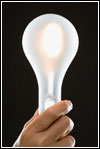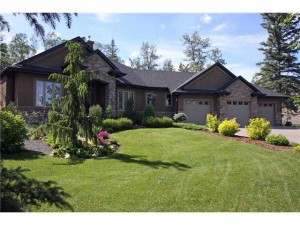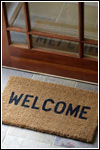5 Easy Ways to Cut Your Heating Bill This Winter
Friday, February 21st, 2014 When it comes to the winter season in Alberta, some definite certainties are snow, ice, and freezing cold temperatures. But just because it’s cold outside doesn’t mean it has to be cold inside. While the elements can make it more challenging to keep warm in a cost-effective way, there are things that homeowners in the Spruce Grove, Stony Plain, Parkland County and the Edmonton region can do to lessen the amount they pay to heat their homes. Here’s a list of five easy ways for homeowners to cut their heating bills this winter.
When it comes to the winter season in Alberta, some definite certainties are snow, ice, and freezing cold temperatures. But just because it’s cold outside doesn’t mean it has to be cold inside. While the elements can make it more challenging to keep warm in a cost-effective way, there are things that homeowners in the Spruce Grove, Stony Plain, Parkland County and the Edmonton region can do to lessen the amount they pay to heat their homes. Here’s a list of five easy ways for homeowners to cut their heating bills this winter.
Install a Programmable Thermostat
Homeowners with Spruce Grove real estate or Stony Plain real estate—or consumers interested in the region—can help to lessen their home heating bills by heading over to their nearest home improvement store and picking up programmable thermostats. Once the thermostat is installed, homeowners will be able to program the units to bring the temperature down a few notches when their homes are unoccupied or when people are sleeping. By keeping things nice and toasty only when homes are occupied, homeowners can take a little bit of the sting out of their next home heating bill.
Get a Furnace Tune-up
An annual furnace tune-up performed by a certified professional will keep furnaces working optimally. When furnaces are working properly and efficiently, the end result will be savings on the home heating front for homeowners with Parkland County real estate. Routine maintenance will also lower the odds of system failure at the worst possible time.
Remember Furnace Filter Maintenance
Homeowners with Edmonton acreages should, in addition to having their furnaces professionally serviced, be sure to either replace or clean their furnace filters as per the frequency recommended in manuals that came with their units. Failing to do this will compromise the efficiency of the equipment and lead to higher heating bills. Some filters can be cleaned and reused while others need to be thrown out and replaced. It’s up to homeowners to determine which type they have.
Insulate Against the Cold
Improperly insulated homes will cost more to keep warm, since furnaces will have to work harder to compensate. Whether independently or with the help of contractors, homeowners with Edmonton real estate should insulate any areas requiring insulation. Key areas where heat can escape homes include attics, walls, and crawl spaces. Once their homes have been properly insulated, homeowners will find not only that their residences are cozier, but also that their heating bills are lower than usual.
Seal the Leaks
Homeowners with Parkland County acreages would probably be surprised to learn how much cold air can enter their residences through cracks and gaps. Fortunately, they can pick up some sealant solutions sold at home improvement stores to seal out the cold air. Areas to watch out for include doorways, window frames, and duct work.
Just because it’s cold outside doesn’t mean that homeowners have to settle for chilly climates inside their homes. Following the aforementioned tips will help to keep homes warm and reduce heating bills.
I am always willing to answer any home-related questions you might have! Call or text me at 780-910-9669, email me at barry@barryt.ca, or contact me here.










